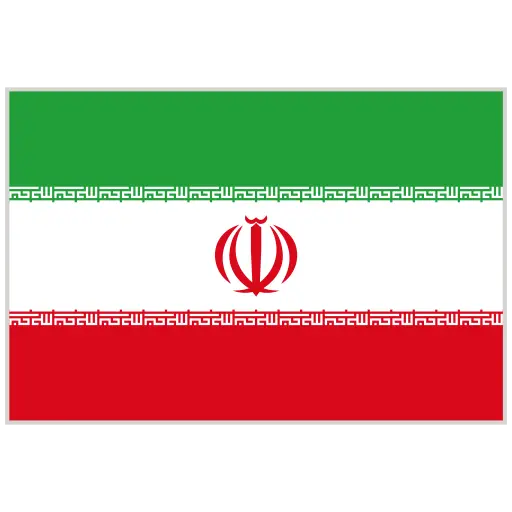Breaker Blocks in ICT Strategy
Article on Breaker Blocks in ICT Strategy by Dr. Rezvani
Introduction
In technical analysis and financial market trading, various concepts and strategies help analysts and traders make better decisions. One such concept is the “Breaker Block,” which holds significant importance in the ICT (Inner Circle Trader) strategy. This article will explore the concept of Breaker Blocks, how to identify them, and how to trade according to this strategy.
Concept of Breaker Block
A Breaker Block refers to a price chart area that acts as a support or resistance level and where the price has previously experienced a breakout. In other words, a Breaker Block is a region where the price has significantly reversed direction and created a break. These areas can indicate important changes in market trends and serve as key zones for identifying trading opportunities.
Identifying Breaker Blocks
To identify Breaker Blocks, follow these steps:
- Identify Price Breakouts: Start by identifying areas where the price has significantly reversed direction. These areas usually include points where the price has rapidly increased or decreased and then returned to its previous level.
- Examine Trading Volume: In Breaker Block areas, trading volume often increases, and this volume surge can indicate the importance of the area.
- Analyze Price Patterns: Using price patterns such as candlestick patterns can help more accurately identify Breaker Blocks. Look for candlestick patterns that indicate significant price changes.
Trading According to the Breaker Block ICT Strategy
The ICT trading strategy relies on using Breaker Blocks as key areas for entering the market. Here are some key steps for trading according to this strategy:
- Identify Breaker Blocks: After identifying Breaker Block areas, mark these regions on the price chart. These areas can act as support and resistance levels.
- Wait for Confirmation: Before entering a trade, wait for confirmation of trading signals. This confirmation may include observing signs of price reversal in the Breaker Block area or specific price patterns.
- Enter the Trade: After confirmation, you can enter the trade. For a buy trade, wait for the price to reach the Breaker Block area and observe signs of a reversal. For a sell trade, look for signs of price weakness in the Breaker Block area.
- Risk Management: Managing risk is crucial in every trade. Setting appropriate stop-loss and take-profit levels can help protect your capital.
- Monitor the Trade: After entering the trade, continue to monitor price movements and market changes. You may need to adjust your stop-loss and take-profit levels.
Conclusion
The Breaker Block, as a key concept in the ICT strategy, can help traders identify better entry and exit points. By accurately identifying Breaker Blocks and using technical analysis techniques, traders can make informed decisions and capitalize on trading opportunities.
Adhering to risk management principles and continuous monitoring of trades is also vital for success with this strategy.



